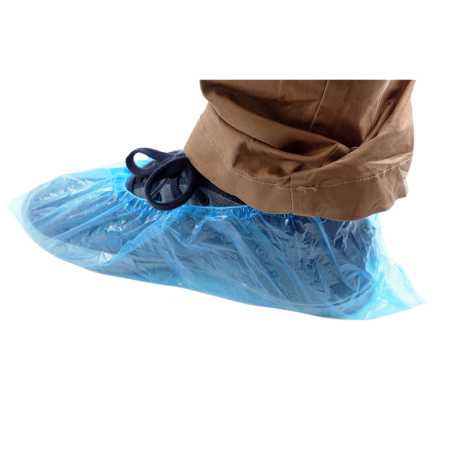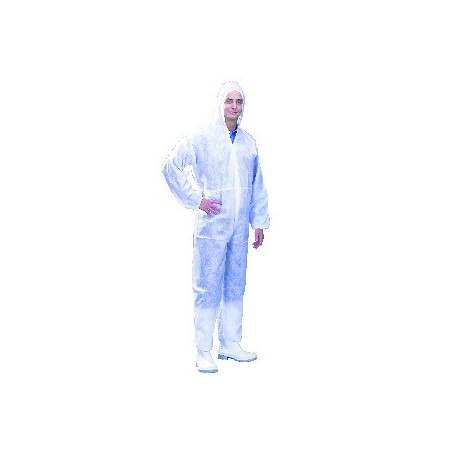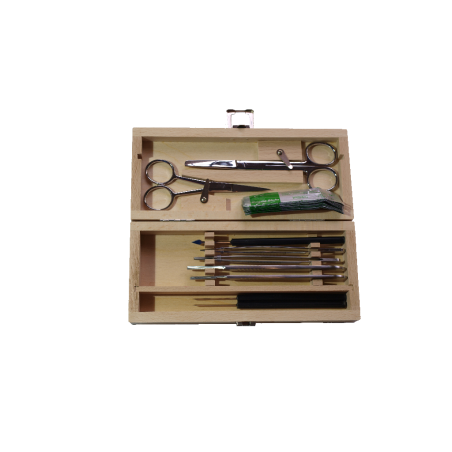The way we work and manage our swine farms is heavily influenced by the internal biosecurity concepts that we have been acquiring over the years as we have learned to control and manage the diseases that are present in our farms. Even the way that we, as veterinarians, conduct a farm visit, is guided by these principles. We know that there are some strict rules we need always to follow, such as starting the visit in the farrowing rooms as opposed to the growing herd, not stepping into the farrowing crates (Image 1) and performing necropsies in specified areas. All these of these decisions are based on our knowledge and experiences as they relate to internal biosecurity.
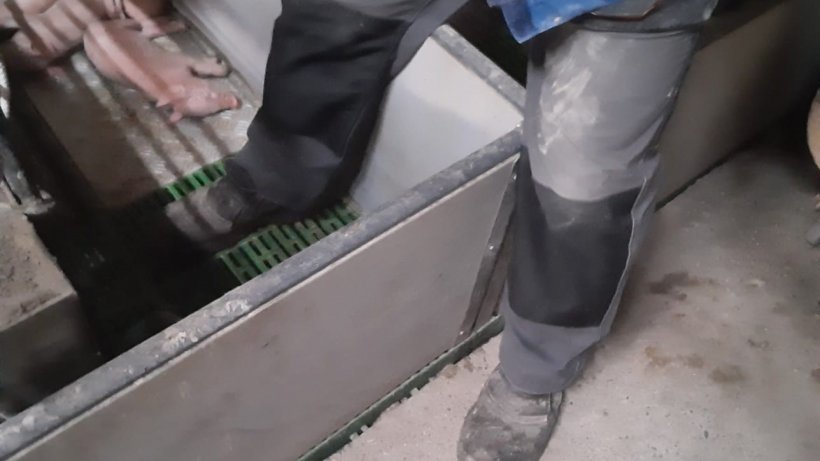

The term ‘internal biosecurity’ or ‘biomanagement’ refers to all of the management practices we perform to control the movement of pathogens from infected to non-infected animals within the same population, usually from older to younger animals. Twenty-five years ago, Monte B. McCaw, a practitioner and researcher from North Carolina University, published the first internal biosecurity procedure to try to control Porcine Reproductive and Respiratory Syndrome (PRRS). After Hog Cholera in the late 1980’s, PRRS was considered to be the disease that was contemplated to be the most devastating problem ever known for swine producers. He was very concerned, not only about the high percentage of weak born piglets that ultimately resulted in high preweaning mortalities, but he was also concerned about secondary bacterial infections that were also killing the piglets in the nursery stage. In order to address this issue, he outlined a biomanagement protocol with a number of key actions that were immediately successful in reducing preweaning mortality in farms that were experiencing losses following an acute PRRS outbreak but which also benefited herds with endemic PRRS. He named that procedure “Management Changes to Reduce Exposure to Bacteria to Eliminate Losses from PRRS” or briefly as McREBELTM PRRS. Below you can read all of his original recommendations as published in 1995. They include procedures related to crossfostering, pig movements, and humane elimination of sick animals:
- Stop crossfostering of piglets between litters for resizing or saving sick pigs, fall-behinds, and runts (Image 2).
- Cross-fostering piglets to equalize number of piglets per litter only within the first 24 hours of age.
- Only move piglets within farrowing rooms at birth. Do not move sows or piglets between rooms.
- Stop use of nurse sows for weak-born PRRS infected pigs, fall-behinds and runts.
- Minimize handling of piglets, especially routine antibiotic or extra iron injections.
- Evaluate the effect on clinical disease levels of each nonessential processing or treatment procedure for suckling and nursery pigs.
- Immediately destroy piglets that become very sick and are unlikely to recover completely
- Hold NO pigs back. DO NOT move fall-behind or lightweight pigs backwards to younger rooms or nurse sows.
- IMMEDIATELY STOP ALL FEED BACK of weakborn or aborted/stillborn fetuses.
- Nursery pigs should be moved STRICTLY ALL IN-ALL OUT. Leave 2-3 days clean-up and disinfectant time between groups.
- Nursery may be loaded ALL IN by early weaning a few of the oldest, best doing litters from the next oldest farrowing rooms.
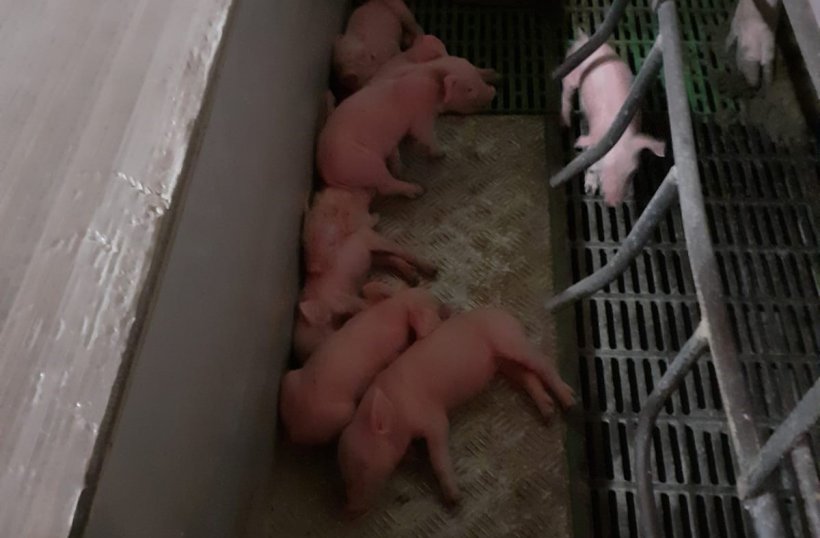
This control procedure considered the litter as a unit and encouraged producers to move piglets as a group from the same litter AIAO to the nursery. McREBELTM PRRS effectively decreased viral transmission at the farrowing level and the subsequent decrease in secondary bacterial infections in the nursery became evident 12 weeks after starting the McREBELTM PRRS program. Since the days of the original protocol development, swine veterinary practitioners and producers have developed many similar protocols for farms experiencing issues related not only to PRRS but many other viral and bacterial diseases with the most common program being named the “modified McREBEL”.
So, in our modern era of pig production and disease management, what are the strategies that the best managed farms are using to control viral spread in the face of an outbreak or simply as part of their everyday procedures? Below you will find a list that includes concepts of internal biosecurity as well as other strategies for the purpose of managing disease to minimize its impact. Let’s review them and, in the next article, we will explain most of them in full detail.
A. At the farm level:
- Building design for disease management programs
- Cleaning, disinfection, and drying
- Vaccine programs
- Rodent control programs
- Water quality
- Replacement gilt quarantine, development, and acclimation
- People movement
- Ventilation
B. At individual animal units’ level (farrowing, nurseries, finishers):
- Animal movements (within room or within farrowing group)
- People movement (between production stages, rooms, crates)
- Equipment movement (between rooms, between litters)
- Management practices (cross fostering, nurse sows, etc)
- Clothing and footwear management
- Hand decontamination (between rooms, between litters)




